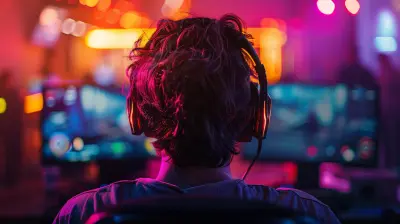What Makes a Great Fighting Game Tutorial for Beginners?
20 August 2025
Let’s face it: fighting games are not exactly the most welcoming genre for newcomers. The moment you boot up a fighting game, it’s like being thrust into a foreign language class where everyone else is fluent, and you’re struggling to figure out if you can even say “hello” properly. The combos, the frame data, the “neutral” (seriously, what even is that?)—let’s not even get started on teching throws. So, what can developers do to ensure that more people stick around beyond button mashing? A great tutorial, that’s what. But what actually makes a fighting game tutorial great? Well, buckle up, because we’re about to dive in and throw some punches at this topic (pun intended).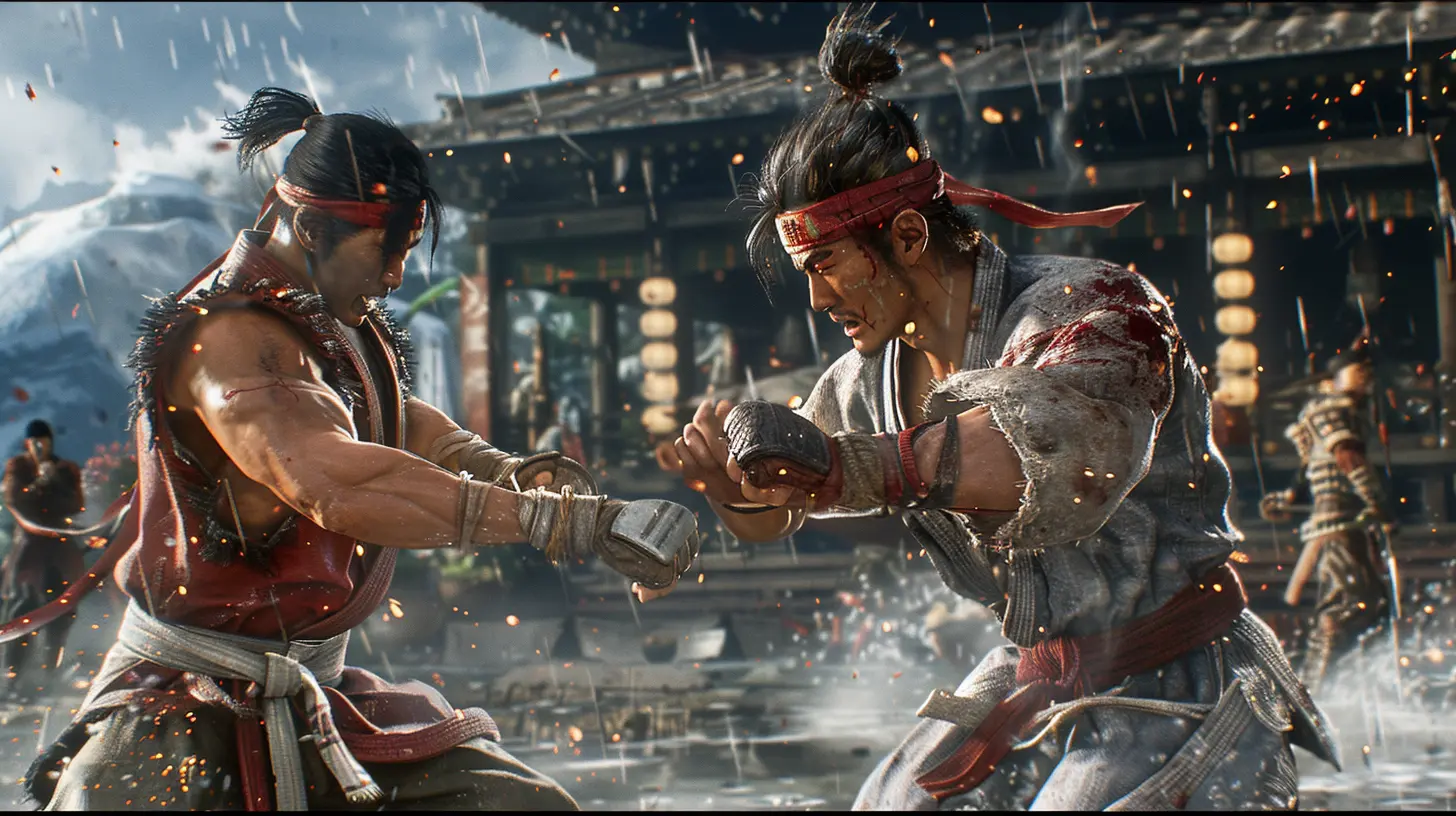
First Rule of Tutorials: Assume We’re All Button-Mashing Morons
Okay, maybe not morons. But when you’re designing a tutorial for beginners, you have to assume that the person playing has zero idea what they’re doing. Because, let’s be honest, they probably don’t. A common mistake developers make is assuming that everyone starts with some basic knowledge, which is a fast track to frustration for newbies.A good fighting game tutorial needs to hold your hand—but not in an overly patronizing way. Think of it as walking a toddler across the street. You guide them step-by-step, but you don’t shove them into oncoming traffic and yell, “Good luck!” Start with the absolute basics: moving your character, throwing a punch, blocking. Baby steps, people!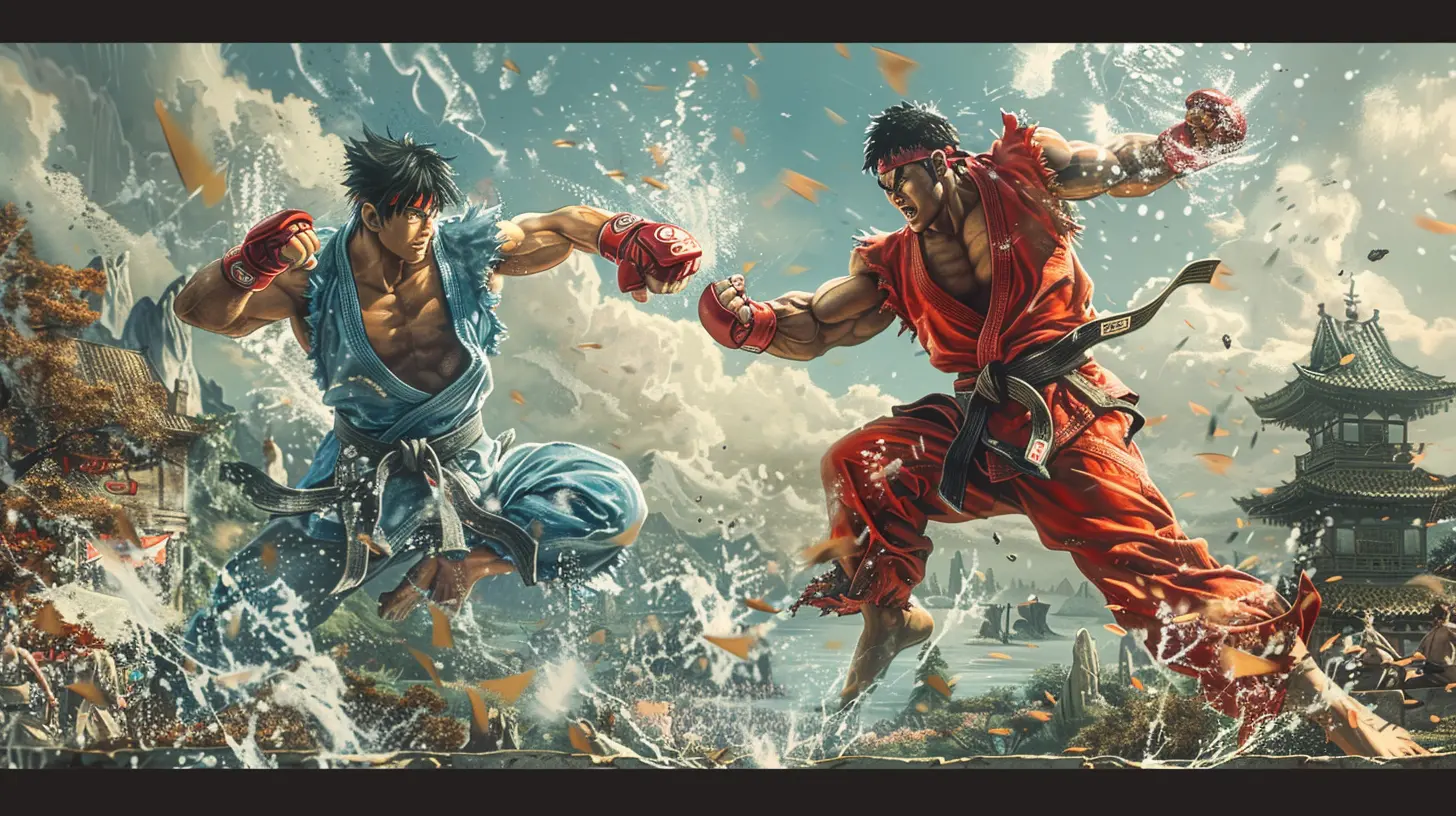
The Importance of Breaking it Down: Small Bites, Not Huge Chunks
You wouldn’t shove an entire pizza into your mouth in one go, right? (If you would, we need to have a separate conversation.) Similarly, a fighting game tutorial should break concepts into digestible pieces. Too often, tutorials are like, “Here’s how to jab. Great! Now let’s move on to 15-hit corner combos that require frame-perfect execution!” Slow down there, champ. I just figured out which button makes my character kick.A solid tutorial starts with the simplest mechanics and builds logically from there. Teach movement first, because, uh, what’s the point of knowing combos if I can’t even walk toward my opponent without looking like I’m doing an interpretive dance? Then introduce basic attacks, blocking, and other foundational skills before moving into the nitty-gritty stuff.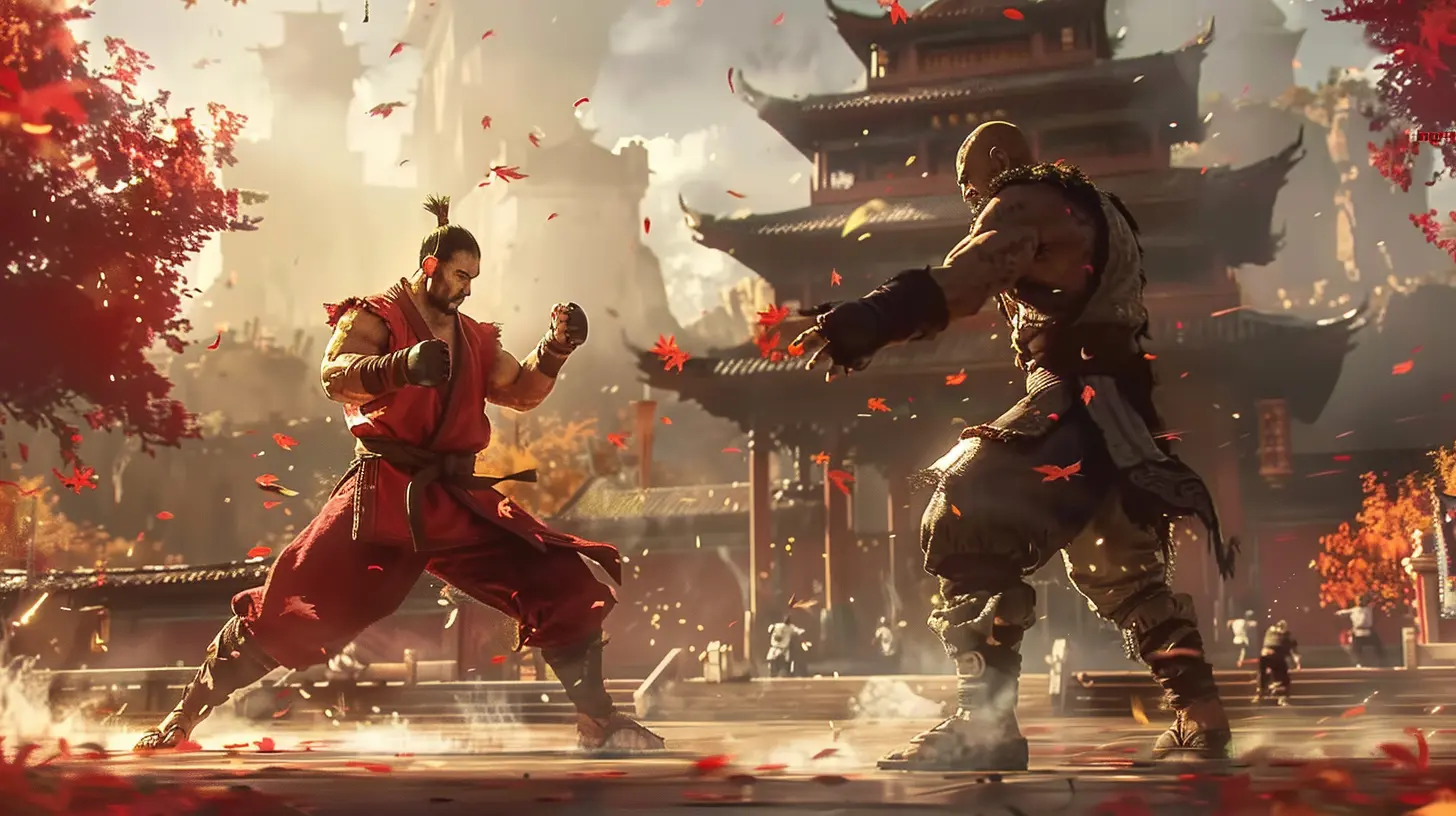
Show, Don’t Tell: Nobody Reads Walls of Text
Hey, developers, news flash: Nobody reads text tutorials. Nobody. You could write the most beautifully detailed instructions, sprinkle in delightful metaphors, and slap a gold sticker on it—nobody’s reading it. Players want to do the thing, not listen to your PowerPoint presentation on how to quarter-circle forward.Great tutorials are interactive. They let the player try things out in a controlled environment. Show them how to execute a move, then let them practice it. And for the love of all that’s gaming, give feedback! If I mess up a move, don’t just leave me hanging like, “Welp, sucks to be you.” Tell me what I did wrong and how to fix it. It’s not rocket science—it’s basic teaching.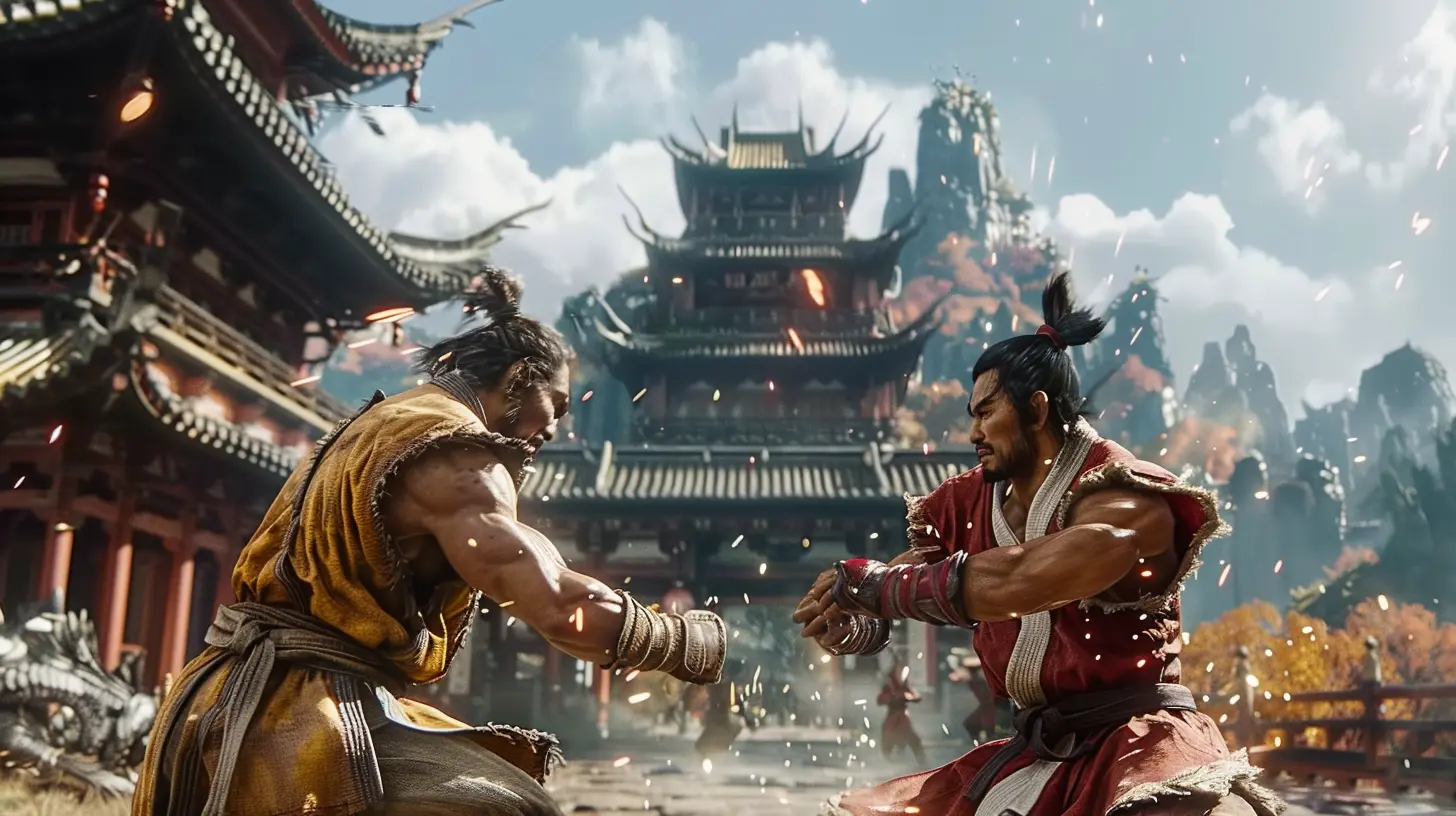
Context is Everything: Why Should I Care?
You know what’s super annoying? When tutorials tell you how to do something but never explain why you should do it. “Here’s how to dash cancel!” Okay, cool… but why? What’s the point? When should I be using this? Am I just supposed to guess?A great fighting game tutorial doesn’t just teach you the how—it teaches you the when and why. For example, don’t just show me how to block; explain when I should block and why it’s better than spamming attacks like a caffeinated toddler. Give me scenarios. If I understand how a skill applies to real gameplay, I’m way more likely to use it.
The Magic of Accessibility: Make It Newbie-Friendly
Ever tried to learn a fighting game tutorial that felt more like an exam than a game? Yeah, not fun. Tutorials should be approachable, even for players who have never touched a fighting game in their life. This means using simple language, avoiding overly technical jargon, and maybe even throwing in some humor to keep things light.For example, instead of saying, “This move has invincibility frames on startup,” try, “This attack makes you untouchable when you first throw it out, so go ahead and swing like you mean it.” See the difference? One sounds like a lecture; the other sounds like your cool friend giving you a heads-up.
Let’s Talk Difficulty: Don’t Scare Us Off
Here’s the thing: Tutorials should teach, not terrify. If your “beginner” tutorial includes moves that only a cyborg with precision timing can pull off, you’ve already lost your audience. A good tutorial eases players in and gives them confidence. Throwing beginners into the deep end and expecting them to swim is a great way to make sure they never touch your game again.Think of it like teaching someone to drive. You don’t start by handing them the keys to a race car and saying, “Alright, now hit 200 MPH on this winding mountain road.” No, you start in an empty parking lot and go from there. Fighting game tutorials should do the same—start slow and build over time.
Replayability: Because We Will Forget Everything (Twice)
Here’s a hard truth: Most of us are going to forget half of what you taught us within the first 10 minutes of playing. It’s not personal; it’s just how brains work. This is why tutorials need to be easily accessible. Let players revisit lessons, and better yet, give them the option to practice specific sections without replaying the whole thing.You know what’s even better? Letting advanced players access the tutorial, too. Maybe your newb self ignored the frame data section because it sounded like math homework, but now that you’re a few weeks in, you’re curious about it. A good tutorial is always there for you, like that one patient friend who’s willing to explain how taxes work for the fifth time.
Add Personality: Nobody Likes a Boring Teacher
You know what makes a tutorial memorable? Personality! Nobody wants to sit through a dull, monotone explanation of mechanics. Add some flair! Use humor, inject some sass, and make it feel like an actual human being (or at least a quirky AI) is guiding you.Take “Guilty Gear Strive” as an example. Its tutorial has this cheeky little touch where it acknowledges your mistakes without making you feel like a complete failure. It’s fun, it’s engaging, and it keeps you hooked. Your tutorial doesn’t have to be dry and technical—it’s okay to have a little fun with it. Who knew?
Sparring Mode: The Secret Weapon of Tutorials
What better way to learn than by doing? After teaching the basics, let players practice against a dummy or an AI opponent in a controlled environment. This is where all those lessons come together, and players can put theory into practice without the brutal humiliation of being stomped online by someone with a “69” in their username.Bonus points if the sparring mode includes customizable settings. Let players practice specific scenarios, like punishing an opponent’s whiffed attack or defending against an aggressive rushdown. The more tailored the practice, the better prepared players will feel when they hop into actual matches.
Reward Progress: Bribery Works, Okay?
If there’s one universal truth about gamers, it’s that we love rewards. Whether it’s unlocking a shiny new skin or hearing the sweet ding of an achievement pop, we’ll do literally anything for a pat on the virtual back. Fighting game tutorials should take full advantage of this.Did I finally nail that quarter-circle forward motion? Give me a badge or something! Did I complete all the tutorial lessons? Throw in a bonus character color or a funny title like “Combo Baby.” These small rewards can make the experience feel worth it—even when we’re fumbling through mechanics like we’ve never seen a controller before.
Don’t Stop at the Basics: Advanced Tutorials for the Win
Once players have mastered the basics, don’t just abandon them! A truly great fighting game tutorial includes advanced lessons for players who want to level up their game. Teach them how to analyze frame data, how to perform mix-ups, or how to execute those flashy combos they’ve been drooling over in YouTube highlight reels.But remember: Don’t overwhelm them. Keep the advanced lessons optional and separate from the beginner tutorials. That way, players can tackle them at their own pace, without feeling like they’re being thrown to the wolves.
Conclusion: Tutorials Are the First Boss of Fighting Games
Let’s wrap this up like a tightly-spun Hadouken, shall we? A great fighting game tutorial is approachable, interactive, and engaging. It breaks mechanics into manageable steps, provides context, and doesn’t expect you to be a god-tier player by the end of it. It’s your friendly guide into a genre that’s notorious for its steep learning curve—like a sherpa guiding you through the treacherous mountain of combos and counters.At the end of the day, a fighting game tutorial isn’t just about teaching; it’s about making players feel like they can learn, even if they’re starting from absolute zero. Because let’s be real: the goal isn’t to make players perfect—it’s to make them stick around long enough to throw that first satisfying fireball. And really, isn’t that what fighting games are all about?
all images in this post were generated using AI tools
Category:
Fighting GamesAuthor:

Audrey McGhee
Discussion
rate this article
2 comments
Rosalyn McQuade
A great fighting game tutorial for beginners should focus on clarity and engagement. It should teach fundamental mechanics step-by-step, incorporate interactive elements for hands-on practice, and provide visual aids to reinforce learning. Emphasizing combos and strategies without overwhelming new players is key to fostering confidence and enjoyment.
November 18, 2025 at 4:06 AM
Darrow McGonagle
A great fighting game tutorial immerses beginners in the mechanics while fostering a sense of mastery. It should balance clear guidance with opportunities for experimentation, encouraging players to embrace failure as a stepping stone to skill, depth, and their personal journey in combat.
August 27, 2025 at 4:52 AM

Audrey McGhee
Thank you for your insightful comment! I completely agree that a well-crafted tutorial should balance guidance with experimentation, helping beginners feel confident and engaged as they develop their skills.
